Nine reasons you need to visit Ethiopia
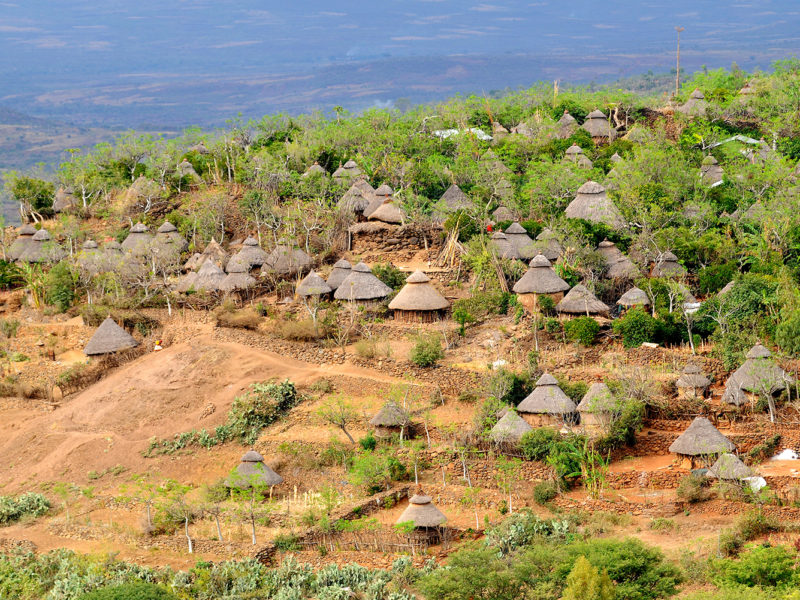
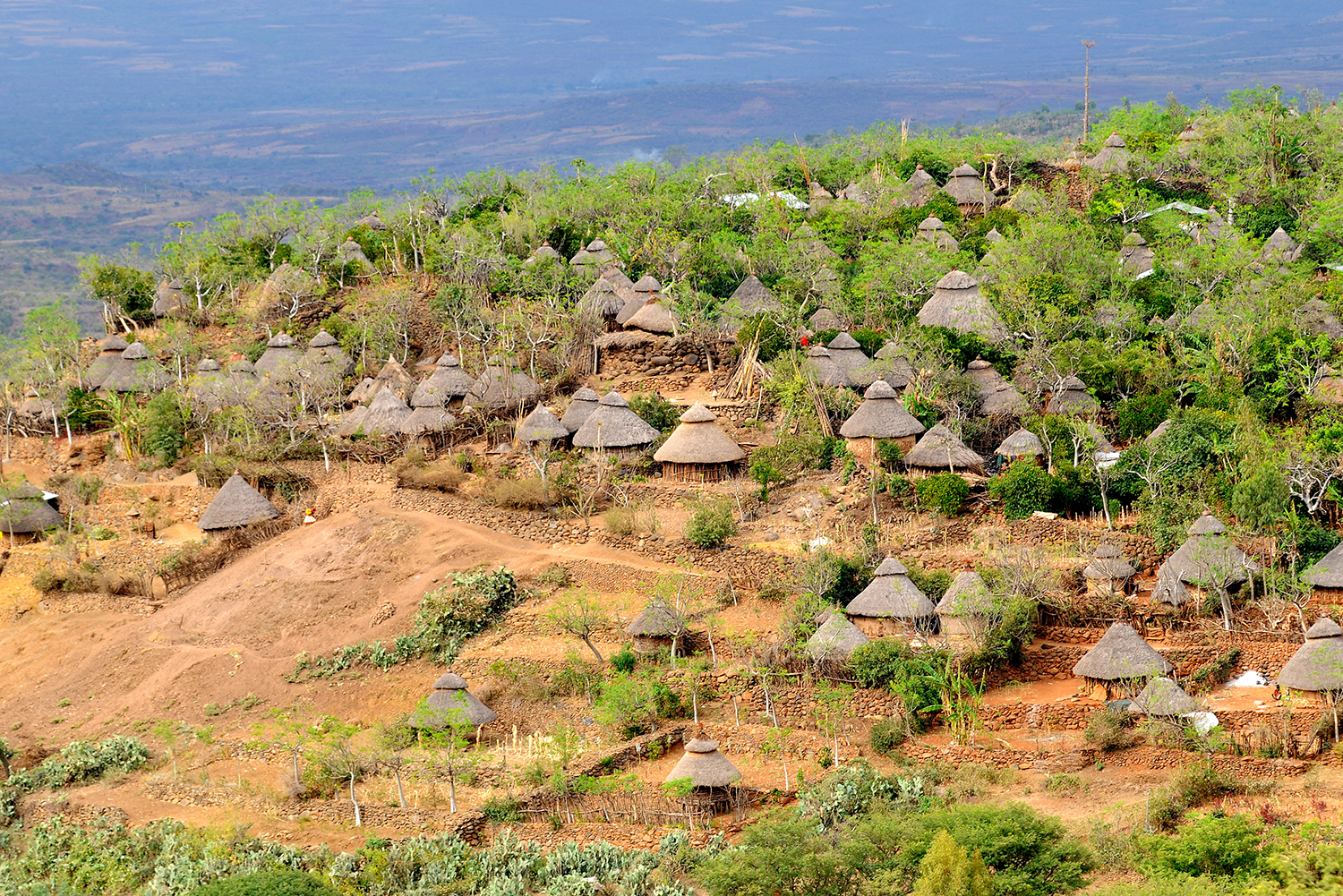
Konso village on the side of a mountain. Southern-central Ethiopia.
There’s a few big reasons Ethiopia needs to be on your hit list…
Ethiopia’s highlight reel is perhaps the most extensive of any African country, from the incredibly diverse tribes of the Omo Valley and the ancient coffee ceremony to magnificent rock-hewn churches and the Queen of Sheba’s legacy.
Here are 9 things that will make you consider this multifarious Horn of Africa star for your next adventure holiday, writes Steve Madgwick.
1. The tribes of Lower Omo Valley
In the extreme south of the country, the Lower Omo is home to a magnificent mind-boggle of cultural diversity. Eight tribes as aesthetically disparate from each other as they are the rest of the world call this part of the Great Rift Valley home.
The entire area is a World Heritage site, thanks to fascinating cultural quirks such as the famous Mursi lip-plates and important discoveries of early human fossil fragments.
The building of a hydroelectric dam in the mid-noughties is changing the area and community dynamics rapidly, and the ‘unspoilt tribes’ also know their cultural capital well (people tend ask for photo money, for example), but this is still one of the best cultural journeys around.
2. Lalibela’s rock-hewn churches
High in the mountains, 650 kilometres north of the capital Addis Ababa, is a small town which is home to one of the world’s most amazing religious sites: the rock-hewn Orthodox churches of Lalibela. The thirteenth-century monoliths, interconnected by passages, collectively form what is referred to as ‘New Jerusalem’.
Each of the 11 churches is said to have been dug down into the solid rock by hand during a 24-year period; a monumental feat considering the deepest, Bet Medhane Alem, stands 10 metres high and 33 metres long, with ornate chisel-worked facades. (Many scientists say it must have taken longer.)
The star of this World Heritage pilgrimage site is the cross-shaped Bet Giyorgis, devoted to Saint George.
3. The Queen of Sheba and the Ark
The rural town of Aksum (Axum) also punches well above its size in terms of religious curiosities, making a couple of seriously hefty claims to fame.
The town is said to have been the Queen of Sheba’s stomping ground (you can even visit the ruins of her palace). And, according to clergy, the original Ark of the Covenant (yes, the one that Moses is said to have carried down from Mount Sinai) is held within the confines a small chapel here. Warning: Don’t even try to take a photo of it.
Whether you believe in these tales or not, UNESCO sees some significance in the little settlement, naming it a World Heritage site way back in 1980.
4. The ‘national’ food
Ethiopian food (known as national food) is a flavoured-filled and delightfully sensory experience, but there are two very large caveats.
Number one: you must be comfortable eating with your hands, as the communal saucy dishes are required to be mopped up with the ‘injera’ pancake. Number two: you have to like the taste and texture of the slightly bitter, sometimes rubbery injera, made from teff grain.
Roll up your sleeves and get into the ‘tibs’ (sautéed meat and veg, which gets a lift from berbere, a chili focused spice mix). Even if you don’t love what some say is the best food in Africa, you can always wash it down with a Tej (honey wine), which is definitely an acquired taste.
5. Cultured caffeine: The coffee ceremony
If you think we worship coffee in Australia, we ain’t a patch on Ethiopia, which devotes an entire intricate ceremony to its preparation and consumption. The methodical procedure is supposed to take place three times a day (morning, noon and night), but in reality will be extended to visitors at other times of the day.
You will drink plenty of the black stuff because there are three rounds to the ceremony; it’s the done thing to finish all three in one sitting. The third round (baraka) is looked on as a blessing which will transform the spirit (a lot of sugary coffee will do that).
Expect a bit of banter with a side of popcorn at every ceremony.
6. The Tolkien-esque Gondar (also Gonder)
If you grew up with Live Aid famine images of a dry, dusty Ethiopia as your reference, then the verdant green Gondar will blow your mind.
The town famously gets compared to the mythical Camelot, but the regal architecture of the former capital of the Ethiopian empire set in the misty mountain-scape makes it feel like it’s from a Tolkien story.
The Fasil Ghebbi (Royal Enclosure) is the city’s ancient centrepiece, but perhaps the coolest place in town is Fasiladas’ Bath; a huge stone ceremonial bathing complex (complete with a three-storey turreted stone building in the middle), which is rimmed by trees with gnarled enchanted-forest-like roots. Every year the huge space is filled with water for Timkat (baptism) festival.
7. Hiking in the Simien Mountains
Another surprise to many visitors is not that Ethiopia has mountains, but that it has big mountains, peaking at 4,500 metres.
A trek through the Simien Mountains will take you through highland villages, with plenty of wildlife-spotting along the way. You’ll share the trail with gelada baboons, ibexes (huge large-horned mountain goats) and, if you’re really lucky, you might spy the endangered Ethiopian wolf (which sort of looks like a coyote).
The gully-ridden alpine landscape offers soul-refreshing views to the plains below (if the typically and beautifully moody mountain weather is on your side).
8. Addis Ababa: vibrant yet laid back capital
Unlike a few African cities we could mention, Ethiopia’s Addis Ababa is well worth visiting for a couple of days, offering a sprawling snapshot of the country’s paradoxes and people.
While Ethiopia was one of the only African countries not to be colonised, evidence of Italian occupation in the capital is obvious, especially in the Piazza, where you’ll find Italian cafes serving macchiatos alongside local restaurants purveying national food.
If you’re looking for a glimpse of real, raw Ethiopia, head to the in-your-face, shape-shifting Merkato (main market) for a bustling taste of African commerce in action. Keep an eye out for pickpockets.
Also, check out the National Museum to see (a replica of and plenty of information about) Ethiopia’s superstar fossilised hominid, Lucy.
9. If you have few more weeks…
Ethiopia may very well be the best bang for buck in terms of an African adventure and the above-mentioned are only the beginning.
If you have a week or two to spare, pencil in Hyena-feeding in Harar, exploring more rock-hewn churches in Tigray, a mini safari in Arba Minch, and a visit to the gritty African home of Rastafarianism, Shashemane.
Ethiopia is generally easy to travel around (by African standards) with Ethiopian Airlines offering good internal flight options.
***A little care goes along way: Ethiopia is generally a safe country to travel in, but there have been cases of unrest over the past few years. The Australian government’s travel warning is currently “reconsider your need to travel” (Jan 2017) – the same as when Steve was in the country, and he saw no trouble. Check Smart Traveller before you go to confirm the current situation. Research well and take particular care before heading to Ethiopia’s border areas with South Sudan, Somalia and Eritrea (which includes the utterly amazing landscape of the Danakil Depression, one of the hottest places and lowest places on the planet). Note that travel insurance does not cover you if the warning changes to “do not travel”.




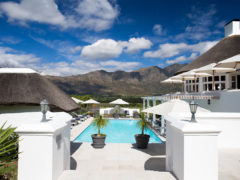
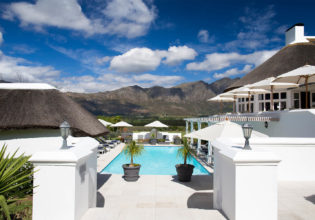
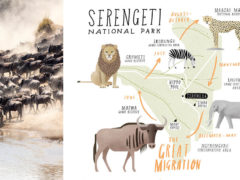
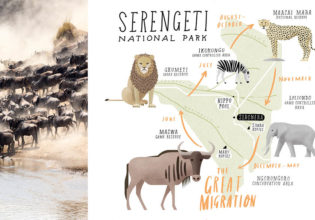
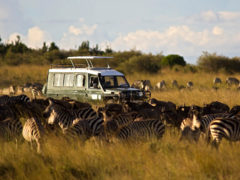
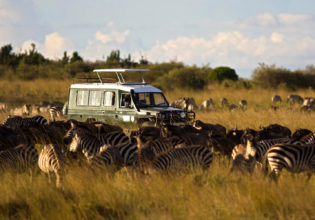




I’m so amazed by this wonderful land of Ethiopia. I’m a Kenyan a neighboring country to Ethiopia and I’m pleased to travel and see many things in this country. I would like to spend time learning many cultures, food, nature and interaction with people from the region.